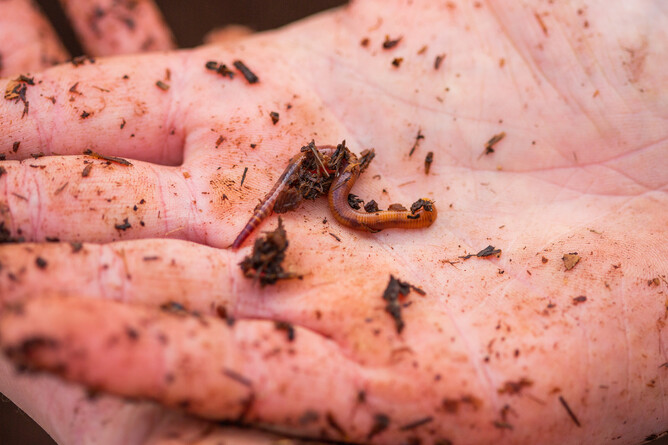Here at Little Buddies, we use Eisenia fetida (eye-SEN-ee-ah FEH-tid-ah) AKA Red Wiggler's or Tiger worms for our worm farm practices. Of the over 9000 known breeds of worms, Eisenia fetida are best suited for Vermicomposting practices and for the climate in New Zealand and the Waikato.
Here are some interesting facts about our little friends. Learning more about these composting worms may help you look after your home worm farm, and get better results.
We find the below works very well for our commercial worm farm practices; the more we work with these ancient creatures, the more fascinating they become.
If you'd like to learn more about how to get the best out of your worm farms, or if you would like to partner with us to help process your waste more effectively, we would love to hear from you.
Facts about our Little Buddies:
- They are prolific breeders, and are tolerant of a wider range of moisture, temperature and PH levels than some other breeds.
- Eisenia fetida live in the topmost 10-15cm of the worm farm, feeding on organic matter on the surface. This is perfect for worm farming needs.
- The presence of a band around the a worms body means they are mature enough to reproduce. Worms are hermaphrodites - all it takes is two mature worms, and the right environmental conditions and breeding can occur. To reproduce, two worms connect these bands together and exchange fluids. Once this is complete, the worms disengage and form cocoons.
- Mature worms can create 2-3 cocoons per week. Each cocoon will hatch on average 3 worms once hatched. Depending on environmental conditions, this will take around a month. If conditions are not favorable, cocoons can stay dormant for months until conditions improve - an impressive survival mechanism.
- Once hatched, the worms take around 2 months (depending on conditions) to reach maturity, and they can then start breeding.
- Eisenia fetida live for around 4-5 years.
- Moisture content in our worm farms is targeted around 60-85%, with 80% being optimal. As a guide, if you pick up a fist full of material and squeeze, a couple of drops should come out in between your fingers.
- Worms breathe through their skin. If their skin becomes too dry, the oxygen exchange on the surface of their skin will stop, and they will suffocate. They can excrete fluids to help them stay alive a little longer, but this also dries them out further, so it is typically a last ditch effort to stay alive.
- Eisenia fetida prefer temperatures between 16 and 27 degrees C. Here in Cambridge and in most locations in the Waikato and New Zealand, winter and summer regularly creep outside those limits, and under these more extreme conditions, worms will seek environments that are more comfortable.
- Worms are cold blooded, so must regulate their temperature by changing their environment, rather than shivering or sweating like we do. This typically means diving down into the farm, and therefore not feeding. Under these conditions production will drop, so care must be taken not to over feed the worm farm.
- Worms prefer a neutral PH level, targeting between 6.8 and 7.2 should create optimal conditions
- Ammonia is toxic to worms. If this is allowed to build up (or is introduced by using feed stock that has not had the ammonia burned off) then this can quickly kill off your worm population.
We hope you found that interesting - the more we know and understand these hard working little ones, the more empowered we are to create optimal conditions for them, and ensure that they are happy, healthy, and working hard alongside us to provide rapid processing of organic matter on its journey back to the soil!



